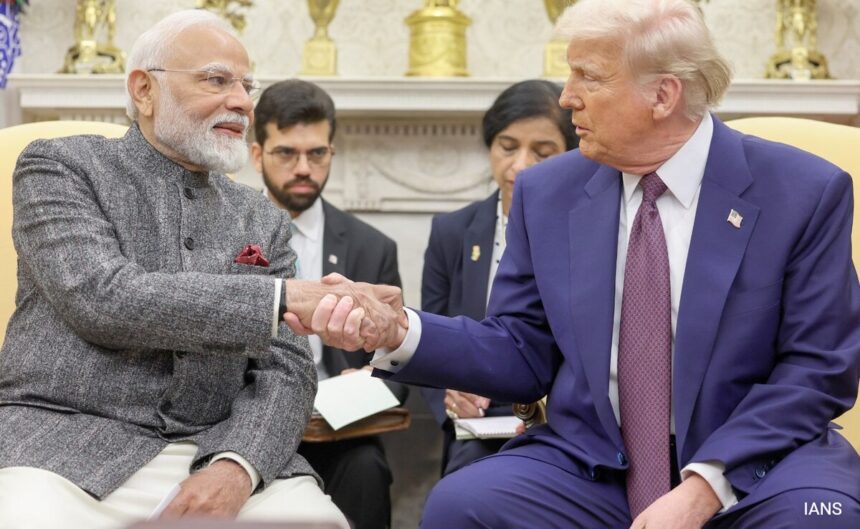Amidst escalating tariff threats from US President Donald Trump, officials from India and the United States engaged in discussions in New Delhi this past week to address trade issues. The talks focused on reducing tariffs and eliminating non-tariff barriers, with both sides agreeing to hold sectoral talks as part of a proposed bilateral trade agreement (BTA) in the near future. The goal is to finalize the first phase of the trade deal by autumn and increase bilateral trade to $500 billion by 2030.
The negotiations, which took place from March 26-29, were led by officials from India’s commerce ministry and a delegation from the US headed by Assistant US Trade Representative for South and Central Asia, Brendan Lynch. The successful conclusion of these discussions signifies progress in expanding India-US trade relations for mutual prosperity and innovation.
Sectoral expert-level engagements under the BTA will kick off virtually in the coming weeks, paving the way for in-person negotiations. Additionally, US Deputy Secretary of State Christopher Landau spoke with Indian Foreign Secretary Vikram Misri to discuss reducing trade barriers and establishing a fair and balanced bilateral trade relationship. They also touched upon strengthening defense and technology cooperation to enhance regional security.
The talks come at a crucial time as President Trump is set to impose reciprocal tariffs on various trading partners, including India, starting April 2. India is hopeful for an exemption from these tariffs as negotiations continue. The US has been critical of India’s high import duties, with the country having one of the highest trade-weighted average tariff rates in the world. The US trade deficit with India stands at $45.6 billion, prompting Washington to push for lower tariffs and increased market access for US companies.
During Prime Minister Narendra Modi’s recent visit to Washington, India committed to boosting purchases of US energy products and defense equipment. The two countries also set a target of achieving $500 billion in bilateral trade by 2030. Indian Trade Minister Piyush Goyal visited Washington earlier this month for discussions with US Trade Representative Jamieson Greer and Commerce Secretary Howard Lutnick.
In a surprising turn of events, President Trump praised Prime Minister Modi as a “very smart man” and a “great friend,” expressing optimism about the outcome of the tariff talks between the two countries. Trump’s softened stance is noteworthy considering his previous criticism of India’s high tariffs on American goods.
Overall, the discussions between India and the US hold promise for strengthening trade relations and fostering mutual economic growth. As both countries work towards resolving trade issues and enhancing cooperation, the prospect of a comprehensive bilateral trade agreement looms on the horizon.








